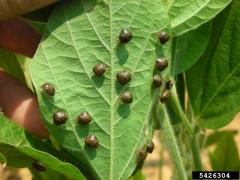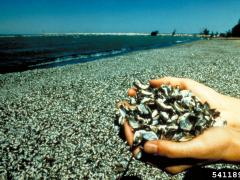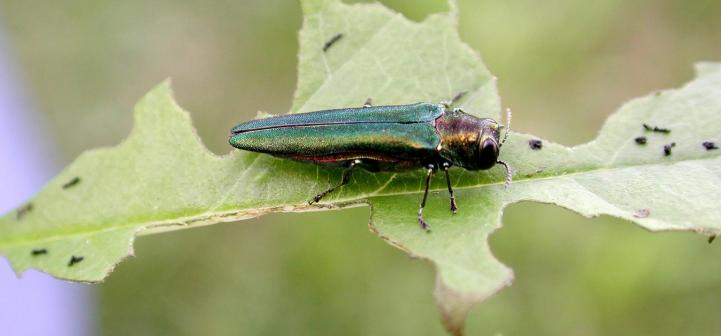Exotic and non-native basically mean the same thing. An organism is considered non-native or exotic if it is found in an ecosystem where it did not evolve. A large percentage of the food we produce in this country comes from non-native species. The majority of non-native species never causes a problem. Unfortunately, the few that do cause problems more than make up for the rest of them. This small percentage of non-native species causes a tremendous amount of harm to our native habitats and the plants and animals that inhabit them; to natural areas such as forests, lakes, and rivers that we use for recreation; to agriculture; to our economy; and directly to humans. These harmful exotic or non-native species are called invasive.
 |
 |
| Jeremy Greene, Clemson University, bugwood.org | United States Environmental Protection Agency Great Lakes National Program Office, USEPA, bugwood.org |
Below are links to some websites that have useful information on invasive species:
Center for Invasive Species and Ecosystem Health
National Invasive Species Information Center
Invasive Species Advisory Committee – Invasive Species Definition Clarification and Guidance White Paper
